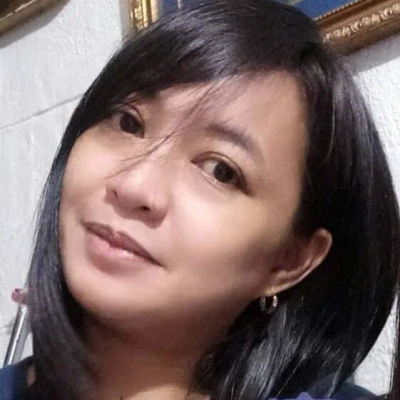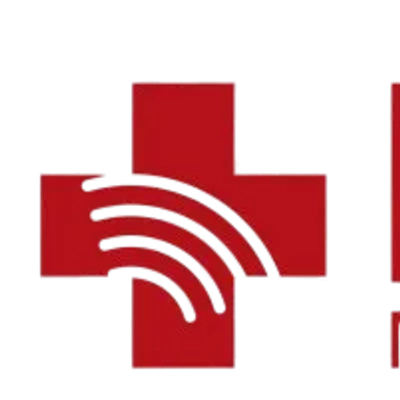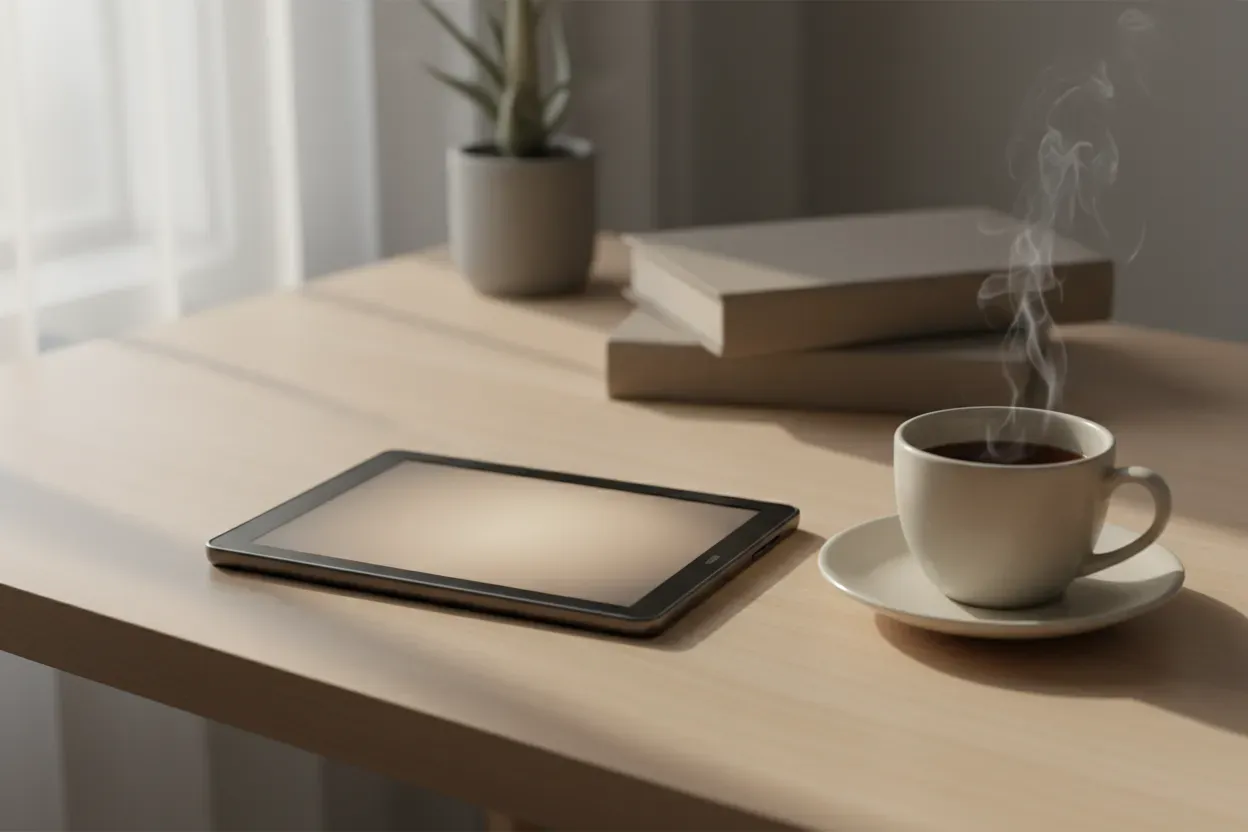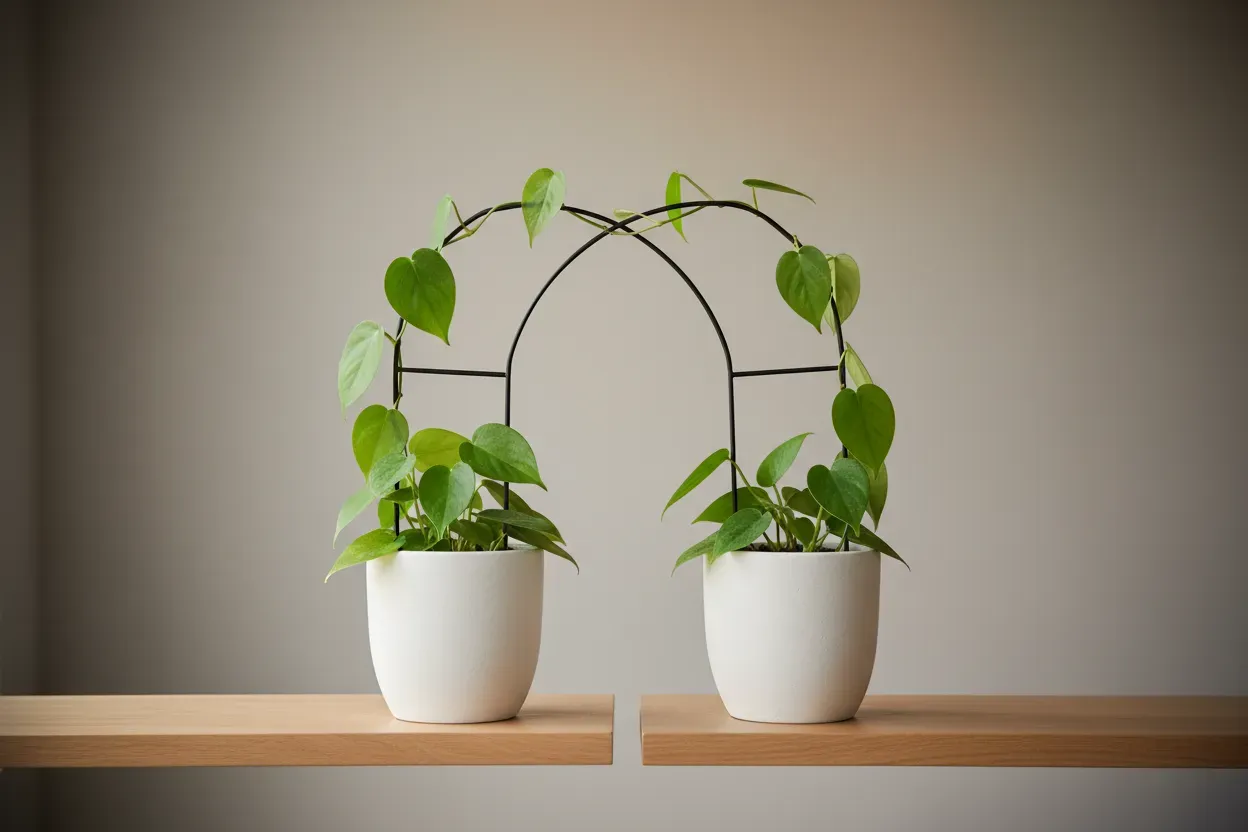11 Lifestyle Products to Stay Informed & Expand Your Knowledge
Staying informed and continuously learning requires the right tools and resources at your fingertips. This article explores eleven essential lifestyle products that help professionals expand their knowledge base, featuring insights from experts in the field who rely on these solutions daily. From curated content platforms to specialized journals, these products transform how information is consumed and retained.
- Noise-Canceling Headphones Redesign My Attention Architecture
- My Kindle Makes Curiosity Effortless and Enjoyable
- Pocket Curates My Self-Built Library of Ideas
- RSS Readers Build Your Own Well of Knowledge
- The Economist Sharpens Critical Thinking Beyond Headlines
- Notion Connects Ideas Into Creative Learning Maps
- PRWeek Keeps Me Competitive and Current
- Engineering Journals Provide Verifiable Structural Data
- Blinkist Creates Momentum for Purposeful Growth
- Podcast Apps Inspire Ideas During Daily Routines
- Automated Safety Reminders Improve Response Efficiency
Noise-Canceling Headphones Redesign My Attention Architecture
The lifestyle product that’s had the biggest impact on how I stay informed is actually my noise-canceling headphones. Sounds simple, but they’ve completely changed the architecture of my attention. With them, I can turn any space — an airport gate, a grocery line, a noisy cafe — into a micro learning zone. I’ll cycle through audiobooks, long-form podcasts, even dense academic articles converted to audio, and what’s wild is how much more I retain when I learn in motion.
There’s this subtle psychological shift that happens when you remove friction between curiosity and access. It’s like you start treating learning as ambient — something that lives in the background of your day, not this formal event you have to schedule. For me, that’s unlocked a broader curiosity about behavioral science, learning design, and how attention works in real-world contexts.
People chase productivity hacks; for me, it’s been about designing attention rituals. The headphones are the gateway — not to tune out the world, but to tune into it differently.

My Kindle Makes Curiosity Effortless and Enjoyable
One lifestyle product I truly value is my Kindle. It’s simple, but it’s become a space where I recharge and stay curious. I use it to read everything from brand psychology and design philosophy to memoirs and travel writing. What I love most is how easily it fits into my day. Whether I’m flying for a client meeting or just having a quiet morning coffee, it keeps learning effortless and enjoyable.
Reading across such different subjects constantly shapes the way I think about branding and creativity. A book on architecture might inspire a thought about structure in storytelling, or a travel essay might spark an idea for how brands can express a sense of place. The Kindle, for me, isn’t just a reading device. It’s a reminder that curiosity grows when you make space for it, even in small moments.

Pocket Curates My Self-Built Library of Ideas
For this, I always rely on Pocket. It is like a digital paradise, where I stash every fascinating article. I pretend like I will read it later, and sometimes I actually do. I treat it as my quiet rebellion against the algorithmic sludge of social media. It lets me curate what I want to learn instead of being spoon-fed whatever’s trending. I use it to elevate my knowledge, such as behavioral psychology, recent tech ethics, and weird cultural history. It reminds me that humans are messy and inventive creatures and that they keep me employed. Pocket keeps my intellectual curiosity active. It turns information into a buffet instead of a single dish. It’s like scrolling through a self-built library of ideas, even if half of it is unread. It’s like mental meal preparation, chaotic and overambitious, but full of valuable insight if I ever stop procrastinating long enough to digest it.

RSS Readers Build Your Own Well of Knowledge
In a world of algorithm-driven feeds, the challenge isn’t finding information, but protecting your attention from the noise. Most platforms are designed to make you a passive consumer, serving up content that provokes a reaction rather than deep thought. This creates a sense of intellectual whiplash, where you feel busy and informed but rarely build cumulative knowledge. The most important skill is learning to intentionally curate your own stream of thought, moving from a reactive posture to a proactive one. It’s the difference between drinking from a firehose and building your own well.
The most valuable tool I use for this is a simple, almost archaic one: an RSS reader. It’s the opposite of a modern lifestyle product—it’s quiet, requires upfront effort, and has no algorithm trying to guess what I want. Its greatest feature is its friction. To add a source, whether it’s a niche academic blog on organizational psychology or a thoughtful programmer’s personal site, I have to actively seek it out and subscribe. This simple act of manual curation forces me to be the architect of my own curiosity. It’s not about consuming more, but about consuming *better*. The goal isn’t to see everything, but to see what matters to my own evolving interests, on my own time.
I once coached a young leader who felt perpetually behind, constantly scrolling through industry news on social media but never feeling smarter. She was trying to learn about building resilient teams, but her feed was a mix of outrage, shallow listicles, and ads. I suggested she unplug from the feeds for a week and instead build a small, private RSS feed with just five sources: two academic journals and three blogs from leaders she genuinely admired. A few weeks later, she said the anxiety had vanished. Instead of a deluge of noise, she got a slow, thoughtful drip of insight. It’s a simple reminder that building knowledge isn’t about what you consume, but what you choose to ignore.

The Economist Sharpens Critical Thinking Beyond Headlines
A digital subscription to The Economist has become an essential part of my daily routine. Its global coverage and analytical depth push me to think beyond headlines and explore the underlying systems shaping current events. The balance of economics, politics, and science satisfies my curiosity about how policy decisions ripple through industries and everyday life. What makes it valuable isn’t just the information—it’s the context. Reading contrasting viewpoints sharpens critical thinking and challenges assumptions I didn’t realize I had. It’s less about staying “up to date” and more about maintaining a thoughtful understanding of how the world connects, which ultimately influences how I approach business and personal decisions alike.

Notion Connects Ideas Into Creative Learning Maps
As the CEO and Co-Founder of Legacy Online School, I’m immersed in discussions about learning on a daily basis; however, the tool that truly fuels my intellectual curiosity isn’t an old-school “education” app or product. It is the Notion app.
Notion has turned into my personal curiosity engine. I use Notion as a living map to understand everything I am learning—AI in education, cognitive psychology, parenting, slow living, and everything in between. I use it to house pages of quotes, screenshots, or notes I have taken from a book or podcast. But what is more important than collecting information is connecting ideas. For example, when I see that a concept from neuroscience overlaps with how kids learn in online environments, it sparks product ideas for Legacy.
What I enjoy most is that it works like the brain does: nonlinear, interconnected, and forever changing. It transforms learning into an act of creativity instead of an act of proving I ticked learning off a checklist. It often signifies an endpoint instead of a beginning, and that is how learning is seen in an educational setting.
In a world filled with ever-increasing inputs, I believe that being conscious isn’t about the need to be “in the know,” but it’s about being intentional. Notion does not help me consume more; it simply allows me enough time to notice the patterns worth holding on to.

PRWeek Keeps Me Competitive and Current
PRWeek has been my go-to industry publication for staying informed about the latest trends and best practices in public relations. As someone deeply invested in the PR field, I find that regularly engaging with specialized content from trusted sources helps me maintain a competitive edge and ensures I’m bringing the most current thinking to my work. The publication covers a wide range of topics from campaign analyses to leadership insights, satisfying my interest in understanding both the creative and strategic aspects of the industry. Reading PRWeek has directly informed many of the innovative campaigns I’ve developed and complements the knowledge I’ve gained through professional certifications and industry events. This consistent engagement with industry-specific content has been fundamental to my approach of continuous learning and professional development.

Engineering Journals Provide Verifiable Structural Data
The lifestyle product I use to stay informed and expand my knowledge is a subscription to highly specialized engineering and building science journals. The conflict is the trade-off: abstract industry news provides general awareness, which is a massive structural failure in actual expertise. I need verifiable, hands-on data to secure my intellectual foundation.
This contributes to my intellectual curiosity by constantly exposing me to the structural limits of current practice. I don’t read the journals for pleasure; I read them to find the subtle, verifiable data on material stress testing, advanced computational fluid dynamics (CFD) for ventilation, and new fastener pull-out thresholds. This is a disciplined, heavy-duty form of reading that treats every article as a blueprint for improving the integrity of our work.
The areas of interest this satisfies are strictly technical: Structural Longevity, High-Wind Mitigation Engineering, and Moisture Dynamics. I use this knowledge to ensure our hands-on installation techniques are always scientifically backed, allowing us to guarantee a superior product that exceeds code. The best product for expanding knowledge is to be a person who is committed to a simple, hands-on solution that prioritizes verifiable structural data over generalized information.
Blinkist Creates Momentum for Purposeful Growth
The Blinkist app has become one of the most useful tools for expanding knowledge in a manageable way. It condenses nonfiction books and expert talks into 15-minute summaries, which makes it easy to absorb new ideas during commutes or short breaks. What keeps it engaging is the range of topics—from behavioral science and leadership to technology and design—offering constant exposure to different perspectives without feeling overwhelming.
It’s helped spark curiosity in areas I might not have explored otherwise, especially in how data and psychology intersect with business decision-making. The format encourages depth through discovery; if a summary resonates, I often end up reading the full book. Blinkist doesn’t replace learning—it creates momentum for it, turning spare minutes into consistent, purposeful growth.

Podcast Apps Inspire Ideas During Daily Routines
One lifestyle product I use to stay informed and expand my knowledge is a podcast app. I subscribe to a mix of business, design, and innovation shows that keep me inspired and up to date on industry trends. Listening while driving or working on light tasks makes it easy to learn without taking extra time out of the day. It fuels my curiosity by exposing me to new perspectives, from marketing strategies to creative storytelling, and often sparks ideas I can apply to my own projects. It’s a simple tool that keeps learning part of my daily routine.

Automated Safety Reminders Improve Response Efficiency
The most impactful improvements we made to our care workflow was integrating automated safety reminders with real-time monitoring for seniors. Early on, we noticed staff were spending significant time manually checking on clients’ adherence to wellness routines, which sometimes slowed response times.
By pairing our mobile medical alert system with scheduled wellness prompts, we not only reduced manual checks but also improved response efficiency. One case from our blog highlights a 75-year-old client whose daily medication and mobility checks became automated, allowing staff to intervene immediately when needed, improving both safety and satisfaction.
The key lesson is that efficiency doesn’t have to come at the expense of quality. By leveraging technology to support routine care tasks, you free up clinical teams to focus on high-value interactions. My advice for anyone redesigning workflows is to identify repetitive, low-risk tasks first and automate them, ensuring staff time is spent where it matters most—direct patient care.






